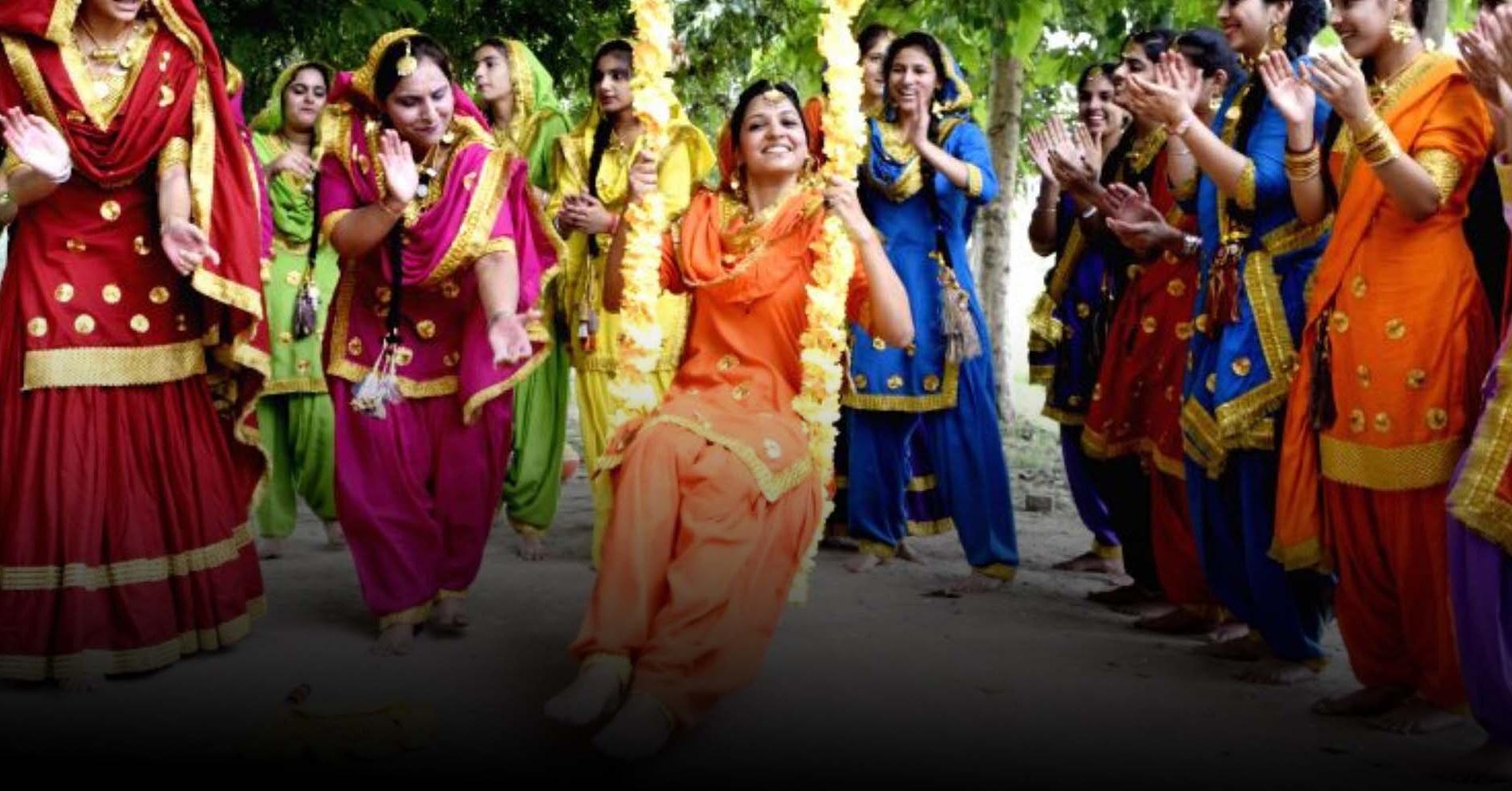Are you curious to know what is teej festival? You have come to the right place as I am going to tell you everything about teej festival in a very simple explanation. Without further discussion let’s begin to know what is teej festival?
Teej is a vibrant and widely celebrated festival in India, especially in the states of Rajasthan, Punjab, Haryana, and Uttar Pradesh. It marks the arrival of the monsoon season and holds immense significance, particularly for married women. Teej is a beautiful blend of tradition, culture, and devotion, and it is observed with great enthusiasm and fervor. In this blog post, we will explore what Teej festival is, its cultural significance, customs, and the joyous celebrations that accompany it.
What Is Teej Festival?
Teej is a Hindu festival that typically falls in the months of July or August, depending on the lunar calendar. It is primarily celebrated by women, and the focus of the festival varies slightly in different regions. There are three main types of Teej:
- Hariyali Teej: Celebrated during the monsoon season, this festival marks the greenery and freshness that the rains bring. It’s a time to embrace the lush landscapes and enjoy the natural beauty.
- Kajari Teej: Observed in the month of Bhadrapada (August), Kajari Teej is dedicated to the agricultural aspects of life. It’s a time when farmers begin sowing their Kharif crops.
- Hartalika Teej: This Teej is celebrated with a focus on the traditional and cultural aspects of the festival. It often involves women dressing in their finest attire and observing fasts in honor of Lord Shiva and Parvati.
Cultural Significance
Teej holds deep cultural and religious significance:
- Lord Shiva and Parvati: One of the central stories associated with Teej is the reunion of Lord Shiva and Goddess Parvati. According to Hindu mythology, Parvati observed a strict fast and rigorous penance to win Lord Shiva’s love. Her devotion moved Shiva, and they were reunited on this day.
- Monsoon Celebration: Teej welcomes the monsoon season, which is a life-giving and essential element for agriculture in India. It’s a time when farmers begin planting their crops, making it an agricultural festival as well.
- Marital Bliss: Married women observe fasts on Teej to seek the long life and well-being of their husbands. Unmarried girls also participate in the hope of finding a loving and caring life partner.
Customs And Celebrations
Teej is celebrated with a myriad of customs and traditions:
- Fasting: Married and unmarried women observe fasts throughout the day, abstaining from food and drink. They break their fast after performing the evening puja.
- Dressing Up: Women dress in colorful traditional attire, with red being the predominant color. Intricate mehndi (henna) designs on hands and feet are a common practice.
- Swings: Decorated swings (jhoolas) are set up in courtyards, and women enjoy swinging on them. Songs, dances, and traditional folk music are an integral part of these celebrations.
- Offerings and Puja: Women offer prayers to Lord Shiva and Parvati, lighting incense, lamps, and presenting flowers and fruits as offerings.
- Sindoor: Married women apply sindoor (vermilion) on their foreheads, a symbol of their marital status and a prayer for their husband’s long life.
- Delicious Sweets: Special sweets and dishes are prepared for the occasion, including ghewar, malpua, and various other regional delicacies.
Conclusion
Teej festival is a joyous and culturally rich celebration that brings together traditions, devotion, and the spirit of monsoon. It reflects the deep-rooted beliefs and values of Indian society, especially in relation to marriage, family, and agricultural prosperity. For women, it’s a day of prayer, fasting, and bonding with other women, while for everyone, it’s a time to rejoice in the beauty of nature and the love between Lord Shiva and Goddess Parvati. Teej festival exemplifies the harmonious blend of tradition and spirituality in the diverse tapestry of Indian culture.
FAQ
What Is Teej And Why It Is Celebrated?
Teej marks the reunion of Lord Shiva and Goddess Parvati and is dedicated to the divine couple. It falls during the monsoon season, symbolising the greenery or “hariyali” that the rain brings with it. The festival is celebrated primarily by women and has a number of customs and rituals associated with it.
What Happens In Teej Festival?
How is Teej celebrated? During the occasion of Teej, women usually pray through the night and also observe a fast. They then bathe and dress up in the morning to worship Goddess Parvati. The highlights of this festival are the swings fixed to the branches of large trees, which women take turns to enjoy on swings.
Why Do Girls Celebrate Teej?
Unmarried girls and women observe Teej fasting to be blessed by Goddess Parvati in order to get a good husband. Both married and unmarried celebrate Teej as it is a way to gather together, sing, dance and share their feelings.
What Is The Difference Between Teej And Karva Chauth?
Do you know that Teej and Karwa Chauth are not the same? They are celebrated for different historic and mythical tales, the traditions are different, and even fasting is quite different from one another. No matter how different they are, the merriment will always remain the same.
I Have Covered All The Following Queries And Topics In The Above Article
What Is Teej Festival Wikipedia
What Is Teej Festival In India
What Is Teej Festival In English
Teej 2023
Teej Festival Is Celebrated In Which State
What Is Teej Festival In Hindi
Few Lines On Teej Festival In English
What Is Teej Festival In Punjab
What Is Teej Festival
When is Teej celebrated in India?
